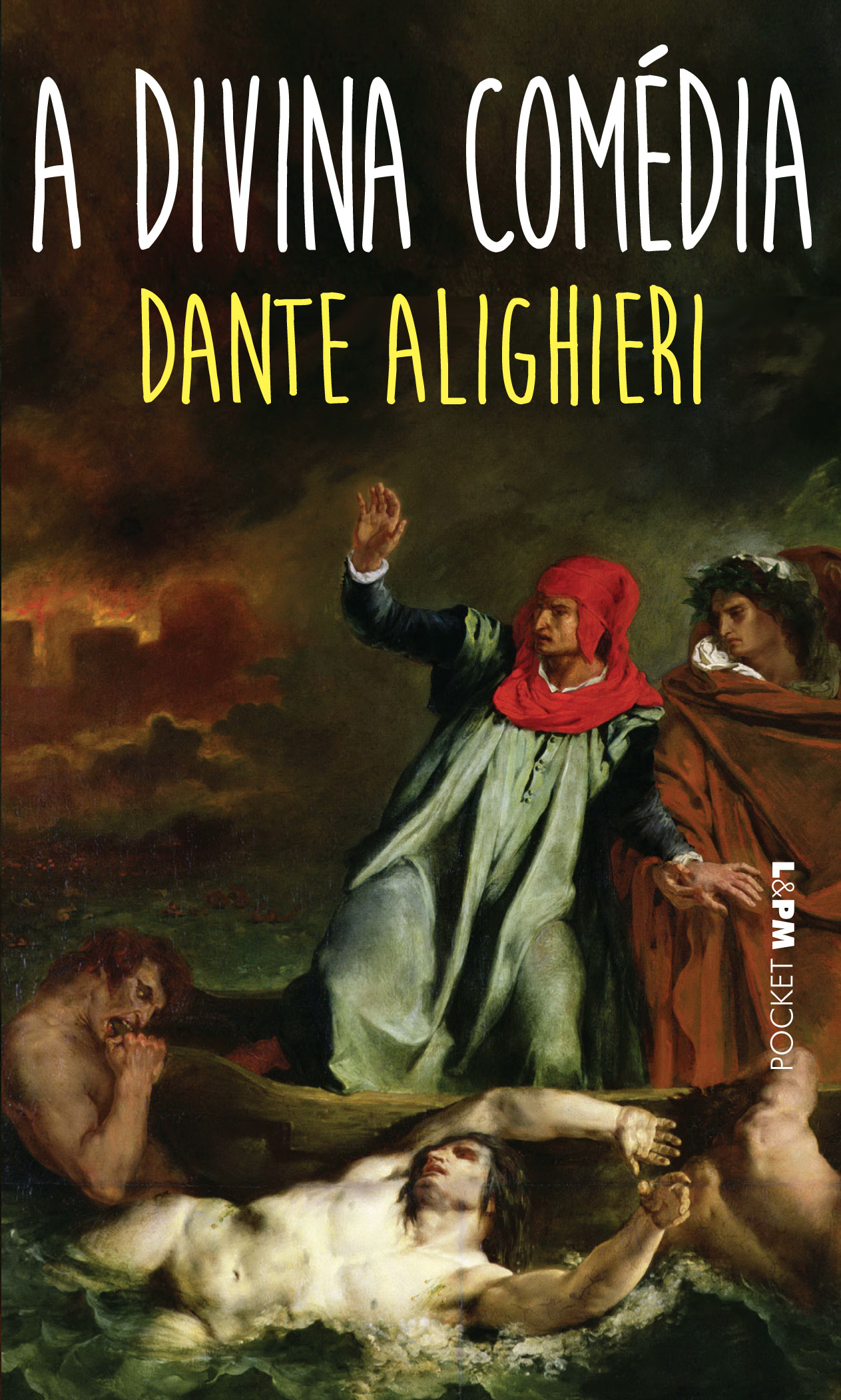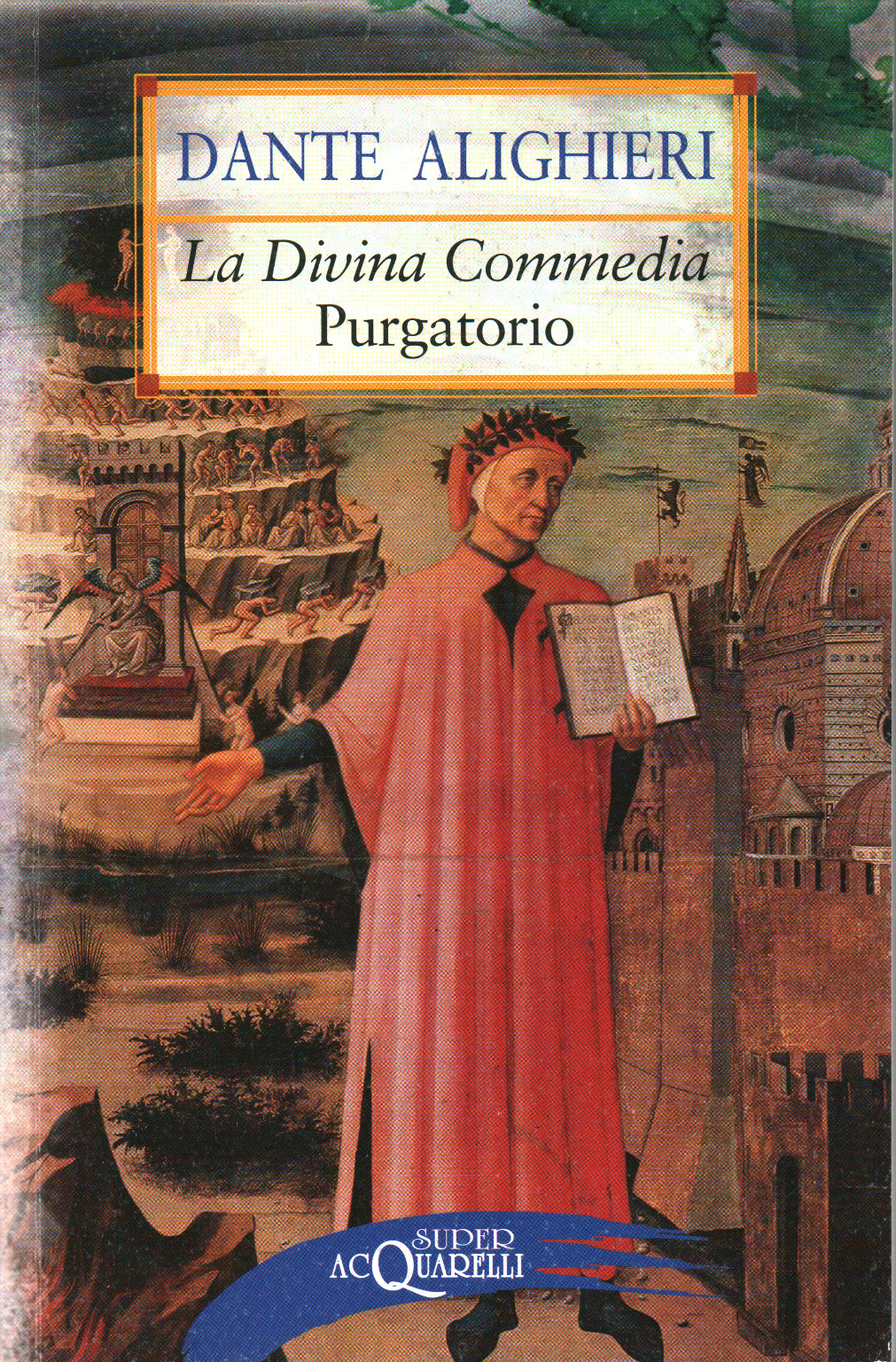

Clear documents on her life have always been scarce, rendering even her existence doubtful. Boccaccio, in his commentary on the Divine Comedy, was the first one to explicitly refer to the woman all later references are dependent on his unsubstantiated identification. The tradition that identifies Bice di Folco Portinari as the Beatrice loved by Dante is now widely, though not unanimously, accepted by scholars. Dante claims to have met a "Beatrice" only twice, on occasions separated by nine years, but was so affected by the meetings that he carried his love for her throughout his life. In the Comedy, Beatrice symbolises divine grace and theology.īeatrice was the daughter of the banker Folco Portinari and was married to another banker, Simone dei Bardi.


Inspiration for Dante Alighieri's Vita Nuova and Divine Comedyīeatrice " Bice" di Folco Portinari ( Italian: 1265 – 8 or 19 June 1290) was an Italian woman who has been commonly identified as the principal inspiration for Dante Alighieri's Vita Nuova, and is also identified with the Beatrice who acts as his guide in the last book of his narrative poem the Divine Comedy ( La Divina Commedia), Paradiso, and during the conclusion of the preceding Purgatorio.


 0 kommentar(er)
0 kommentar(er)
